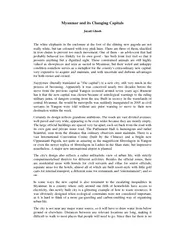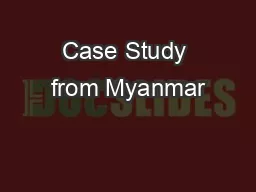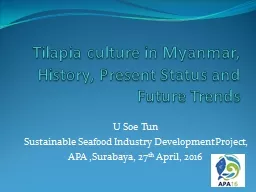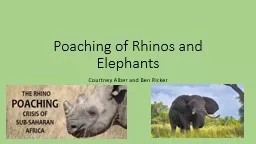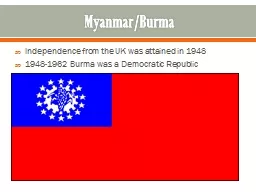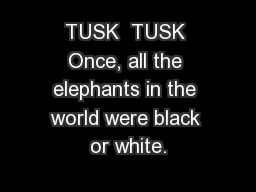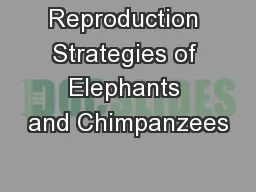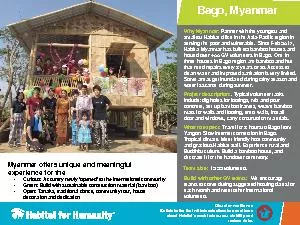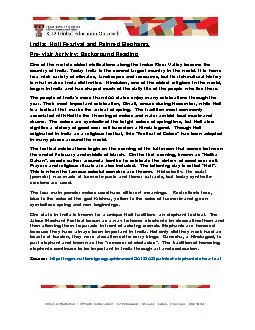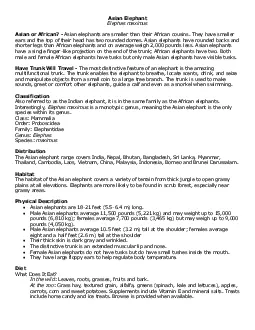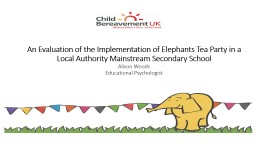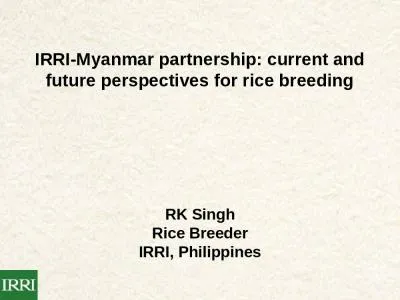PDF-Myanmar and its Changing CapitalsJayati GhoshThe white elephants in th
Author : calandra-battersby | Published Date : 2015-07-25
public transport private cars are the main and often the only means of transport while those who cannot afford them can at best use bicycles to go long distances
Presentation Embed Code
Download Presentation
Download Presentation The PPT/PDF document "Myanmar and its Changing CapitalsJayati ..." is the property of its rightful owner. Permission is granted to download and print the materials on this website for personal, non-commercial use only, and to display it on your personal computer provided you do not modify the materials and that you retain all copyright notices contained in the materials. By downloading content from our website, you accept the terms of this agreement.
Myanmar and its Changing CapitalsJayati GhoshThe white elephants in th: Transcript
Download Rules Of Document
"Myanmar and its Changing CapitalsJayati GhoshThe white elephants in th"The content belongs to its owner. You may download and print it for personal use, without modification, and keep all copyright notices. By downloading, you agree to these terms.
Related Documents

